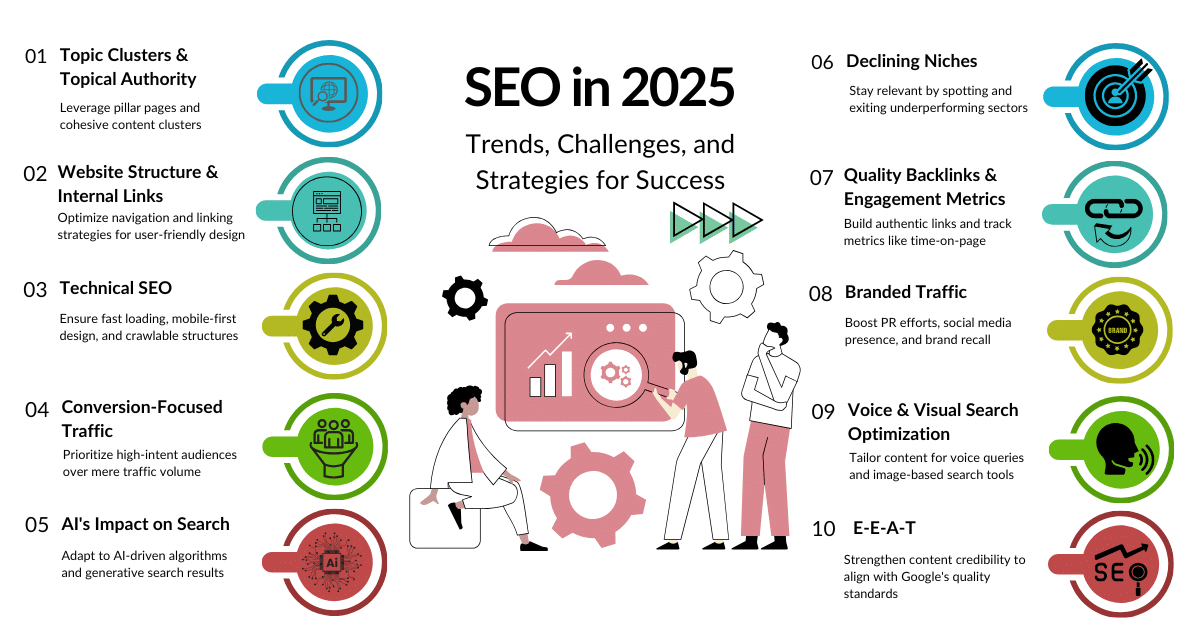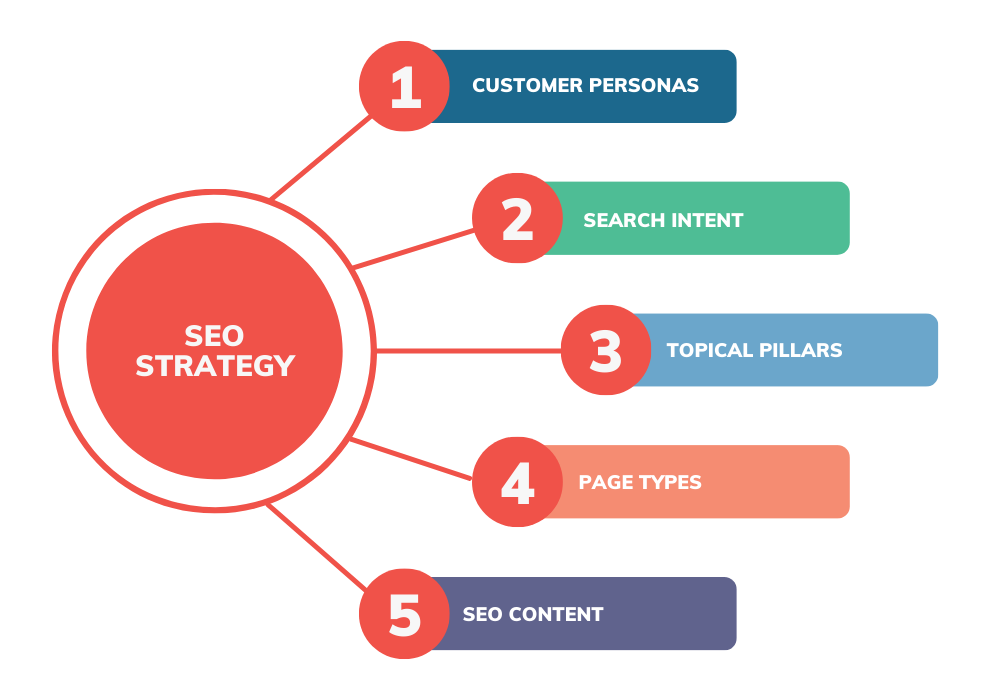Digital marketing has become essential for growth-focused businesses in the United States in 2025, as consumers’ time, purchases, and trust are all increasingly shifting to digital platforms. But at the same time, regulations, tracking technology, search patterns, and user privacy expectations are changing. Below are the data, rules, trends and to-do’s – all put together, news-style.
How big is the U.S. market?
In the United States, by the beginning of 2025, more than 253 million social media users – that is, almost the entire online population – will reach the social feed. Brand reach, community building, influencers, live commerce – it’s a huge playground for everything.
The rise of the TikTok Shop in live commerce is particularly noteworthy: a global GMV of ~6.2 billion in the first half of 2025 and $5.8 billion in the United States alone, an increase of 91% year-over-year – solid evidence of video shopping and creator-driven sales.
Change in search: From post-cookie uncertainty to “AI search” reality
Third-party cookies: updated policy
“Chrome has decided not to bring a ‘standalone prompt’ to the cookie-deprecation plan in 2025; the user will manage the choice from the existing settings.” As a result, third-party cookies remain for the time being – that is, there is no rush in attribution/retargeting, but the role and roadmap of the sandbox API are being rearranged.” The UK’s CMA also said it was consulting on releasing the previous “commitment” as Google pulled out of the earlier plan.
Why is it important?
Signal loss has been temporarily slow for brands – but the long-term future lies in a post-launch sandbox API or privacy-first solution. So 1st-party data, server-side tagging, and consent-first measurement – these are the sustainable stacks.
Compliance 2025: Data-Driven Means Compliant-Driven
Consent in the EEA / UK / Switzerland
According to Google’s rules, Certified CMP (IAB TCF-Integrated) is required to serve personalised ads in the EEA, UK, and Switzerland – it is effective and enforced from 2024-25. Enforcement on CTV has also been extended until July 2025. For the US-based global brand, it’s a matter of putting “Jio-Smart Compliance” on the checklist.
California (CCPA and GPC)
In applying the CCPA / CPRA, the California Attorney General settled with Sephora in 2022 for not respecting the GPC (Global Privacy Control) – the implication is clear: “Do-Not-Sell / Share” signals should not be ignored.
Title II of the ADA (Web Accessibility)
The DOJ issued its final rules on web/app accessibility in 2024; WCAG 2.1 AA is considered the reference. Public-facing sites / apps – especially government services / local bodies – but also “best practice” and risk mitigation for private brands.
AI Voice on call/text and TCPA update
The FCC outlawed AI-generated voice robocalls in 2024 – a major step in preventing calls/scams to voice clones or synthesised voices.
On the other hand, in January 2025, the 11th Circuit Court struck down the FCC’s “one-to-one consent” rule – tight industry restrictions on lead-gen/permissions did not apply. However, the TCPA risk has not been reduced; it is better to maintain clear consent, brand-safe verbiage, and opt-out.
Social + commerce: video-first, community-first
- Short video and live commerce: Video-led shopping on TikTok Shop is on fire – US GMV is growing fast; creator-shopping integration is growing on Instagram / YouTube as well. “Shorts/Reels – First Creative” – US Consumer Preference.
- Creator Marketing: The FTC Endorsement Guides (updated) require clear disclosure (#ad, “Paid partnership with…”) in the platform tool as well as in the copy.
Email 2025: Forget “open rate”; focus on clicks / conversions.
Apple’s Mail Privacy Protection (MPP) has made open rates unreliable; according to Litmus, nearly half of email openings in January 2025 will be from an Apple client – meaning the “open” metric is bloated. So CTR / CTOR / Conversion – these are the real KPIs.
Schema / Annotations in the Gmail Promotions tab to highlight offers – badges, images, expiration – inbox preview; developer references / best practices updated through 2025.
Marketing tech stack: what if you win?
- 1st-party data + CRM / CDP: Consent-based email / SMS / push.
- Server-side tagging: addressing browser-side signal loss.
- Modelled / aggregated measurements: MMM, geo experiments, incrementality.
- Creative Ops + Gen-AI: High-volume assets/variants – including brand guardrails.
- Compliance Layer: CMP (EEA / UK) GPC Response, TCPA Safety, Accessibility QA.
90-day growth playbook (US-focused)
Day 0-10
- Audience Audit: Top 3 Buyer Personas, Channel Performance.
- Compliance check: Privacy policy, GPC, TCPA opt-in language, accessibility.
Day 11-30
- Social / Video: 20-30 creative variants for TikTok / Insta Reels / YouTube Shorts; live commerce pilot.
- Search + Shopping: Branded / non-branded keywords; product feed hygiene.
- Email / SMS: Welcome / Cart Abandon / Re-activation; KPI = CTR / Conversion.
DAY 31-60
- Full-Funnel Test includes Top-of-Funnel Video Views, Landing-Page Visits, Daytime Remarketing with Lower Offers, and Live Shopping.
- Measurement: Geo A / B (2-4 markets), MMM light, UTM hygiene.
- Server-side tagging: event deduplication / signal quality.
Day 61-90
- Winner scale-up; underperformer cut.
- LTV Model / Creative Refresh; Accessibility and Legal Review Recurring.
Once Upon a Time in History: From Banner Ads to Today’s AI Age
The first banner ad on the web was in 1994 – in AT&T’s “You Will” campaign on the HotWired site; the “click-era” was the beginning of digital advertising. Today’s AI search, creator commerce, and privacy-first tracking are all the result of that evolution.
Real takeaways (aimed at the US)
- Importance in video + live commerce: Inventory / team building for shoppable short videos and live TikTok shop data is proof of this.
- 1st-party data and consent system: TCF-certified CMP if there is EEA/UK traffic; GPC response in the US.
- Change email KPI: focus on CTR / CTOR / conversion, not open.
- TCPA Safety: Maintain clear ‘Prior Express Consent’, opt-out, and contact governance, even if the 1:1 consent rule is revoked.
- Search-Strategy Update: Cookie deprecation has stopped, but privacy protection is increasing – focus on sandbox / 1st-party audience / modelled measurement.
- Accessibility: In compliance with WCAG 2.1 AA guidelines, the web/app reduces risk and increases reach.
Conclusion
In the U.S. market, the winners in 2025 will be video-first, community-first, 1st-party-data-first, and compliance-first. ‘If you can measure, you can scale’ – that’s the rule now. Run the experiment-to-scale in 90 days with the playbook above; growth will be ‘compounded’ if you choose the right board in the three waves – cookie-after, AI-search, and privacy-first.




